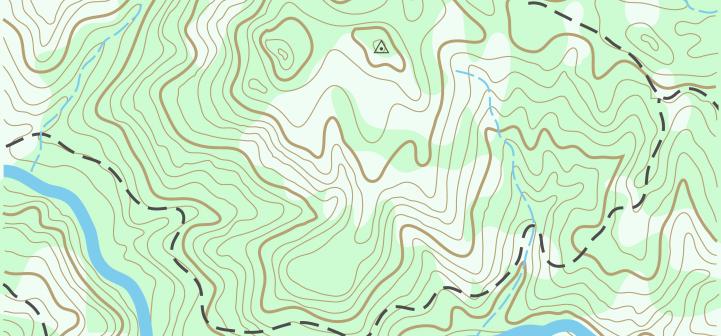
|
Summary of skills covered: |
|
| Data needed: | Students will collect and graph their own data using a spectrometer. |
| Equipment and Software needed: |
Hardware: Spectrometer – a spectrometer kit is available from VirginiaView / the Virginia Geospatial Extension Program. Contact John McGee or Jim Campbell for details. Software: None |
| Related book exercise (if applicable): |
